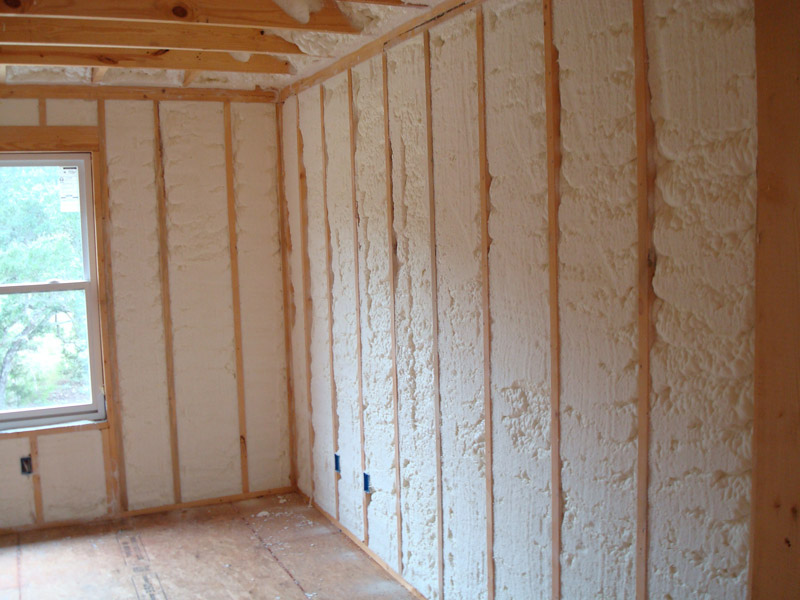Extract: Which type of wall insulation is best for you?
Figures released earlier this year by the Energy Bill Revolution showed that around 15,000 deaths are caused each winter in the UK due to people living in homes they can’t afford to heat, with many households unaware of the insulation options available to them.
What’s more, around one-third of a property’s heat is lost through its walls, meaning it is important to keep them as well-insulated as possible.
Every year, regional and seasonal initiatives are launched in an attempt to provide vulnerable residents with access to affordable, energy-saving insulation, with the government’s Green Deal Home Improvement Fund among the most well-known.
But with so many options and different types of wall insulation out there, which is best for you?
Solid wall insulation
If your home was built prior to 1919, it most likely has solid walls, which require what is known as either solid wall or external wall insulation, depending on which side of the wall the insulation material is fitted.
Older properties are typically colder and more expensive to heat, but figures from the Energy Saving Trust show that installing solid wall insulation in a detached property can reduce its annual energy bills by up to £455, alongside cutting its excess carbon emissions by as much as 1,900 kg per year.
The savings vary depending on the size of the house, but even flats that are fitted with this type of insulation can enjoy bills that are around £145 lower per year and reduced carbon emissions of up to 610 kg.
Cavity wall insulation
Properties constructed after 1920 are most likely to require cavity wall insulation to keep them warm.
Cavity walls are layers of bricks with small gaps between them where insulation material can be fitted to allow for an extra level of warmth.
As newer properties are generally cheaper to heat anyway, the energy bill savings are not quite as significant as those for solid wall insulation, but installing cavity wall insulation in a detached home can still cut its annual energy bills by up to £275 and its carbon emissions by as much as 1,100 kg.
If you’re unsure which type of walls your home has, you can usually tell from the brickwork pattern. Solid walls typically have smaller, square bricks interspersed between rectangular blocks, whereas cavity walls tend to just feature rectangular bricks.
http://kamino.directnews.co.uk/Article/ArticlePreview?articleId=801786105
http://www.energysavingtrust.org.uk/domestic/content/solid-wall

